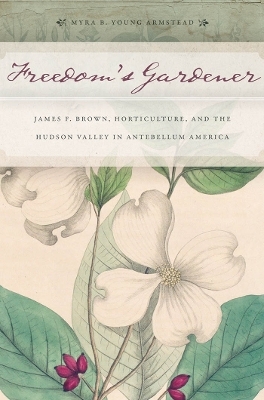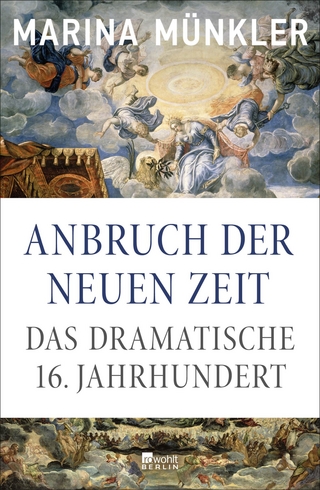
Freedom’s Gardener
James F. Brown, Horticulture, and the Hudson Valley in Antebellum America
Seiten
2013
New York University Press (Verlag)
978-1-4798-2523-3 (ISBN)
New York University Press (Verlag)
978-1-4798-2523-3 (ISBN)
Utilizes Brown's life to illuminate the concept of freedom as it developed in the United States in the early national and antebellum years
A fascinating study of freedom and slavery, told through the life of an escaped slave who built a life in the Hudson Valley
In 1793 James F. Brown was born a slave, and in 1868 he died a free man. At age 34 he ran away from his native Maryland to pass the remainder of his life as a gardener to a wealthy family in the Hudson Valley. Two years after his escape and manumission, he began a diary which he kept until his death. In Freedom’s Gardener, Myra B. Young Armstead uses the apparently small and domestic details of Brown’s diaries to construct a bigger story about the transition from slavery to freedom.
In this first detailed historical study of Brown’s diaries, Armstead utilizes Brown’s life to illuminate the concept of freedom as it developed in the United States in the early national and antebellum years. That Brown, an African American and former slave, serves as such a case study underscores the potential of American citizenship during his lifetime.
A fascinating study of freedom and slavery, told through the life of an escaped slave who built a life in the Hudson Valley
In 1793 James F. Brown was born a slave, and in 1868 he died a free man. At age 34 he ran away from his native Maryland to pass the remainder of his life as a gardener to a wealthy family in the Hudson Valley. Two years after his escape and manumission, he began a diary which he kept until his death. In Freedom’s Gardener, Myra B. Young Armstead uses the apparently small and domestic details of Brown’s diaries to construct a bigger story about the transition from slavery to freedom.
In this first detailed historical study of Brown’s diaries, Armstead utilizes Brown’s life to illuminate the concept of freedom as it developed in the United States in the early national and antebellum years. That Brown, an African American and former slave, serves as such a case study underscores the potential of American citizenship during his lifetime.
Myra B. Young Armstead is Professor of History at Bard College. Her books include “Lord, Please Don’t Take Me in August”: African Americans in Newport and Saratoga Springs, 1870-1930 and Mighty Change, Tall Within: Black Identity in the Hudson Valley.
Acknowledgments Introduction Part I. LIFE AS A SLAVE 1.What Can a Man Do? 2.Into the Promised Land Part II. FREE MAN AND FREE LABORER 3.A Horticultural Community 4. A Gardening Career 5. Cultural Meanings of Gardening 6. Escaping Wage Slavery Part III. FREE MAN AND CITIZEN 7. A Whiggish Sensibility 8. James F. Brown, Voting Rights Politics, and Antislavery Activism 9. The Informal Politics of Association Conclusion Notes About the Author
| Verlagsort | New York |
|---|---|
| Sprache | englisch |
| Maße | 152 x 229 mm |
| Gewicht | 318 g |
| Themenwelt | Literatur ► Biografien / Erfahrungsberichte |
| Literatur ► Briefe / Tagebücher | |
| Geschichte ► Allgemeine Geschichte ► Neuzeit (bis 1918) | |
| Geisteswissenschaften ► Geschichte ► Regional- / Ländergeschichte | |
| Sozialwissenschaften ► Soziologie | |
| Weitere Fachgebiete ► Land- / Forstwirtschaft / Fischerei | |
| ISBN-10 | 1-4798-2523-9 / 1479825239 |
| ISBN-13 | 978-1-4798-2523-3 / 9781479825233 |
| Zustand | Neuware |
| Informationen gemäß Produktsicherheitsverordnung (GPSR) | |
| Haben Sie eine Frage zum Produkt? |
Mehr entdecken
aus dem Bereich
aus dem Bereich
Giordano Bruno - ein ketzerisches Leben
Buch | Hardcover (2024)
C.H.Beck (Verlag)
29,90 €
das dramatische 16. Jahrhundert
Buch | Hardcover (2024)
Rowohlt Berlin (Verlag)
34,00 €
die Fahrt der Bounty und die globale Wirtschaft im 18. Jahrhundert
Buch | Hardcover (2024)
Klett-Cotta (Verlag)
25,00 €


